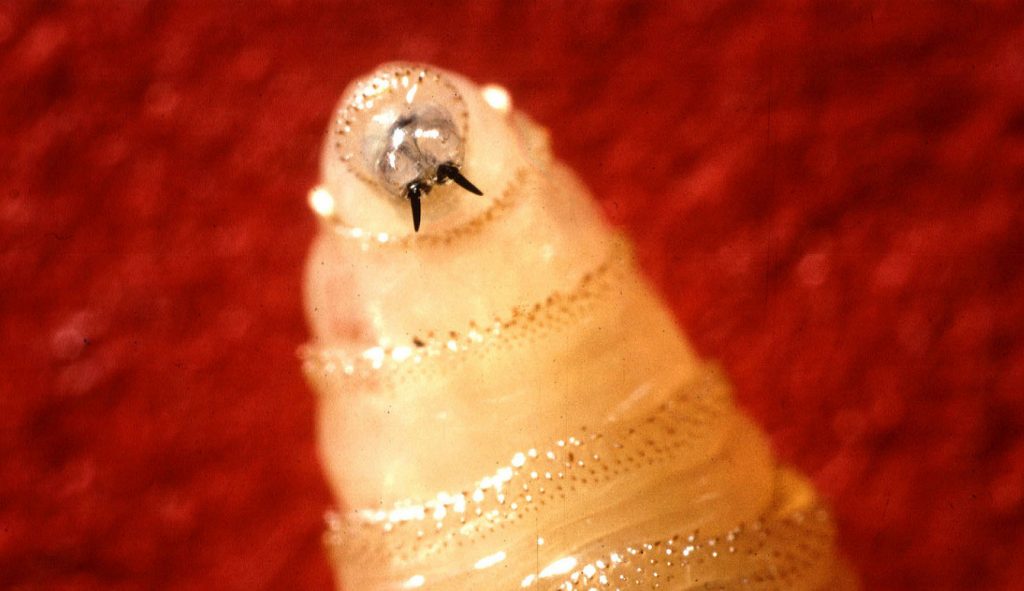the Costa Rican Ministry of Health confirmed a second death attributed to an infection caused by the screwworm. This lethal parasite, known scientifically as Cochliomyia hominivorax, targets warm-blooded animals, depositing its larvae in open wounds or mucous membranes. This recent fatality marks a significant public health concern, particularly since Costa Rica had been declared free of this gruesome disease since 2000.
A Sinister Return of an Eradicated Enemy
The latest victim succumbed to complications arising from an oral lesion infested with larvae, as detailed by Health Minister Mary Munive. This case follows closely on the heels of the first recorded human death from screwworm in Costa Rica on June 19, highlighting a troubling trend of new infections. The Health Ministry now reports 11 cases of myiasis—the medical term for screwworm infection—in the country, indicating an alarming revival of the parasite.
The Screwworm: A Global Pestilence
Originally identified in 1858 in Guyana, the screwworm had been a longstanding blight across various regions, including northern South America, Central America, the United States, and some Caribbean nations. The larvae of the screwworm fly are particularly voracious, eating away at living tissue in the host, leading to severe infections that can be fatal if untreated. While primarily affecting livestock such as cattle, sheep, and goats, the screwworm does not discriminate, posing a risk to any warm-blooded host.
Symptoms and Risks
Human infections, though rare, present with distressing symptoms that include pain, intense itching, skin erythema (redness), nodules, oozing wounds, and the development of painful skin protuberances. The rapid progression of the disease underscores the critical need for immediate medical intervention upon the first signs of infection.
Costa Rica’s Public Health Response
The re-emergence of the screwworm in Costa Rica after decades of being disease-free has prompted a swift response from public health officials. The National Animal Health Service, along with the Ministry of Health, is monitoring the situation closely. They are undertaking measures to educate the public on preventing infections and controlling the spread of this deadly parasite.
Historical Context and Prevention
Costa Rica’s declaration as screwworm-free in 2000 was a significant achievement, following rigorous eradication efforts that involved the release of sterile screwworm flies to halt reproduction. The current outbreak signifies a serious setback to these efforts and highlights the need for vigilance and continuous monitoring to prevent future outbreaks.
The health authorities are advising the public to maintain cleanliness and promptly tend to any wounds to prevent fly infestation. Livestock owners are particularly urged to inspect their animals regularly and implement biosecurity measures to safeguard against this pest.
Looking Forward: Combating the Screwworm Menace
As Costa Rica grapples with the return of the screwworm, collaboration between veterinary and medical communities is crucial. Research into more effective control measures and potential treatments is ongoing, with the hope of once again eliminating this threat from the region.
The resurgence of the screwworm in Costa Rica serves as a stark reminder of the fragility of public health victories and the constant need for vigilance in disease monitoring and prevention strategies.
The re-emergence of the screwworm in Costa Rica is a public health challenge that requires immediate attention to prevent further loss of life. By understanding the risks, symptoms, and preventive measures associated with the screwworm, both the public and health authorities can work together to combat this deadly parasite and safeguard the health of all warm-blooded animals in the affected regions.

